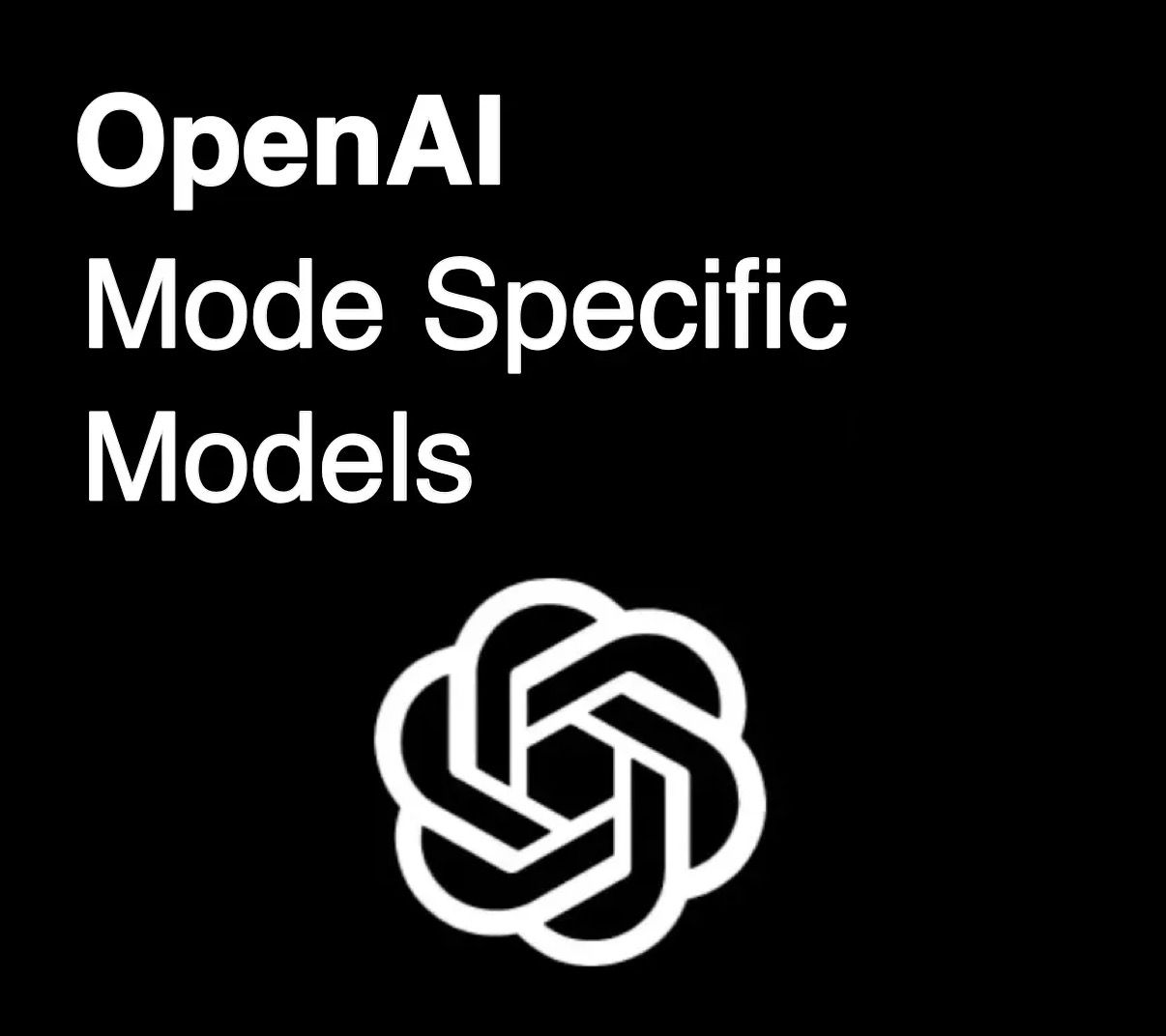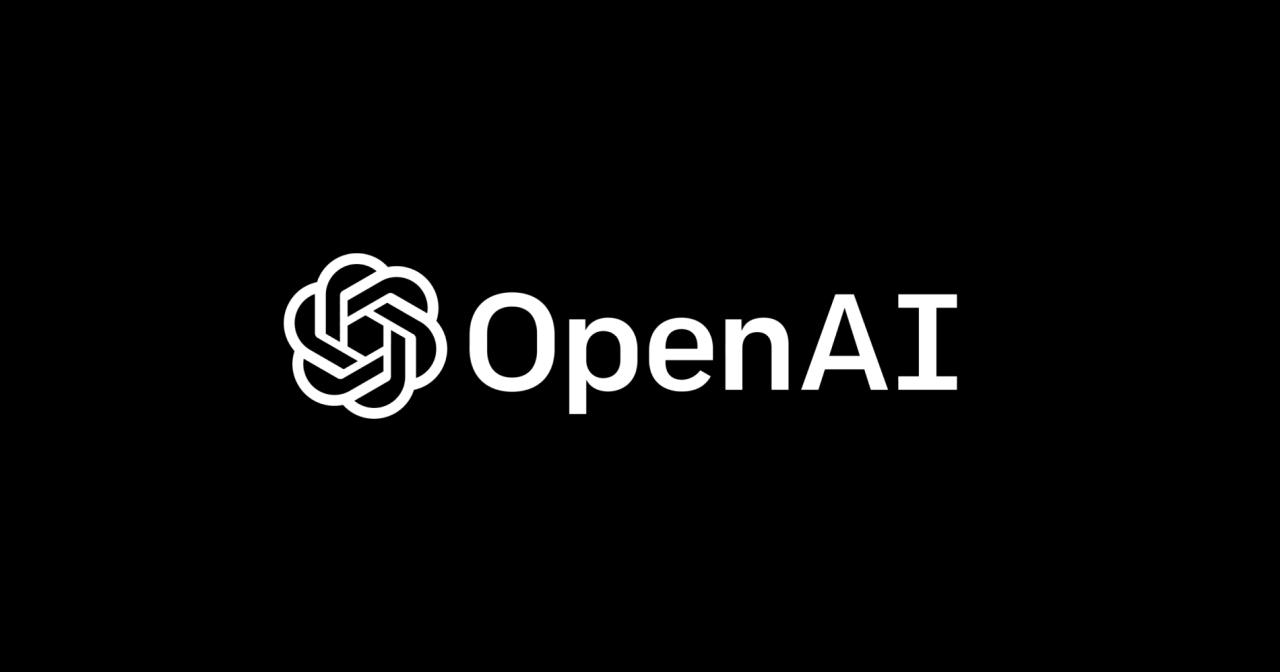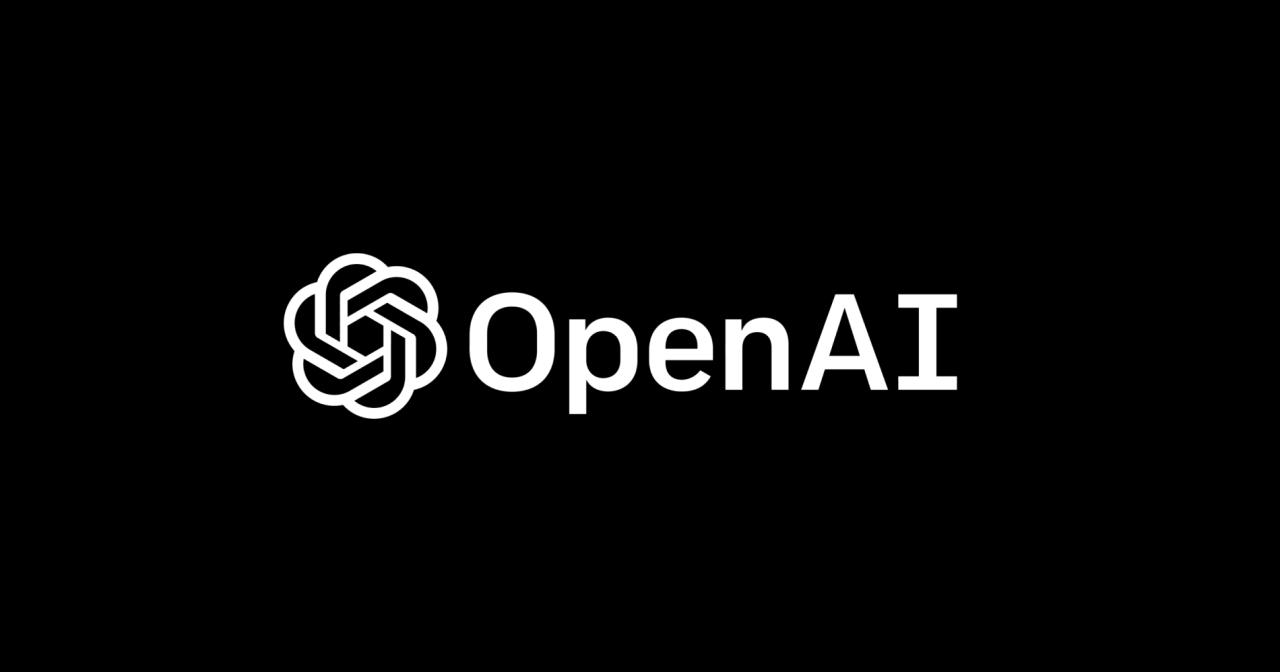Open ai o12 – OpenAI O12 represents a significant advancement in large language models. This exploration delves into its architecture, training data, capabilities, and potential applications, comparing it to existing models and highlighting both its strengths and limitations. We will also examine the ethical considerations surrounding its deployment and speculate on its future impact across various industries.
This in-depth analysis provides a detailed understanding of OpenAI O12, from its core technical specifications to its performance metrics and potential societal implications. We aim to offer a balanced perspective, considering both its transformative potential and the responsible development practices necessary for its successful integration.
OpenAI O12 Model Overview
OpenAI O12, a hypothetical large language model, represents a significant advancement in AI capabilities. This section provides an overview of its architecture, training data, capabilities, potential applications, and a comparison with competitor models. While specific details about O12 are unavailable publicly, this analysis extrapolates from existing knowledge of large language model development.
OpenAI O12 Architecture
The architecture of OpenAI O12 is likely a transformer-based model, similar to its predecessors. It would incorporate advancements in attention mechanisms, potentially utilizing techniques like sparse attention or improved positional encoding to handle longer sequences of text more efficiently. The model size, measured in parameters, would likely be significantly larger than previous generations, allowing for greater context understanding and generation capabilities.
Scalable training infrastructure and advanced hardware are crucial for training such a model.
OpenAI O12 Training Data
The training data for OpenAI O12 would consist of a massive dataset encompassing diverse text and code sources. This would include books, articles, websites, code repositories, and potentially other forms of structured and unstructured data. The data would undergo rigorous cleaning and preprocessing to minimize biases and ensure data quality. The scale and diversity of the data are critical for achieving the model’s advanced capabilities.
Comparison of OpenAI O12 with Previous Models
OpenAI O12 would surpass its predecessors in several key aspects. Expect improvements in reasoning, context understanding, and the ability to generate more coherent and nuanced text. The model might exhibit reduced susceptibility to hallucination and improved performance on tasks requiring complex reasoning. The increased model size and refined training techniques contribute to these enhancements. However, potential weaknesses could include increased computational demands and heightened susceptibility to certain types of biases.
Potential Applications of OpenAI O12
OpenAI O12’s potential applications are vast and span various industries. It could revolutionize areas like natural language processing, code generation, content creation, and scientific research. Specific applications include advanced chatbots, personalized education tools, automated content summarization, and drug discovery. The model’s capabilities could also lead to innovations in areas currently unexplored.
Comparison with Competitor Models, Open ai o12
| Model Name | Key Features | Strengths | Weaknesses |
|---|---|---|---|
| OpenAI O12 (Hypothetical) | Large-scale transformer, advanced attention mechanisms, extensive training data | Superior reasoning, improved context understanding, nuanced text generation | High computational cost, potential for bias |
| Model A | Feature X, Feature Y | Strength A, Strength B | Weakness A, Weakness B |
| Model B | Feature X, Feature Z | Strength C, Strength D | Weakness C, Weakness D |
| Model C | Feature Y, Feature Z | Strength E, Strength F | Weakness E, Weakness F |
OpenAI O12 Performance Metrics
Evaluating OpenAI O12’s performance requires a comprehensive assessment across various benchmark datasets. This section presents a breakdown of its performance, highlighting strengths and weaknesses through specific examples and a visual representation.
Performance on Benchmark Datasets

OpenAI O12 would be expected to achieve state-of-the-art results on various NLP benchmarks, including GLUE, SuperGLUE, and SQuAD. Improvements would be seen in tasks requiring commonsense reasoning, question answering, and natural language inference. However, the model might still struggle with tasks requiring intricate world knowledge or nuanced understanding of complex social contexts.
OpenAI’s O12 model showcases impressive advancements in natural language processing, though its applications extend far beyond textual analysis. Consider, for instance, the unexpected outburst following a significant sporting event; the news reports detail how Daniel Dubois storms ring after Oleksandr Usyk’s win over Tyson , highlighting the unpredictable nature of human emotion. Such unpredictable events, while not directly processed by O12, could be valuable data for future model development, improving its understanding of nuanced human behavior.
Examples Demonstrating Strengths and Weaknesses
For example, OpenAI O12 might excel at generating creative text formats like poems or scripts, demonstrating its strength in generating diverse and coherent text. However, it might struggle with tasks involving factual accuracy, especially when dealing with less-represented topics in its training data, highlighting a potential weakness in factual grounding.
Visualization of OpenAI O12 Performance
A bar chart could effectively visualize OpenAI O12’s performance across different tasks. The x-axis would represent the benchmark datasets (e.g., GLUE, SuperGLUE, SQuAD), and the y-axis would represent the performance metric (e.g., accuracy, F1-score). Each bar would represent the model’s score on a specific dataset. Different colors could be used to differentiate between various tasks within each dataset.
Error bars could represent the standard deviation, showing the variability of the results.
Key Performance Findings
- Superior performance on creative text generation tasks.
- Improved accuracy on question-answering benchmarks.
- Potential weaknesses in handling nuanced social contexts.
- Challenges in maintaining factual accuracy across all domains.
Ethical Considerations of OpenAI O12
The deployment of OpenAI O12 necessitates careful consideration of ethical implications. This section discusses potential biases, misuse cases, societal impact, and responsible development principles.
Potential Biases and Mitigation Strategies
Like other large language models, OpenAI O12 might inherit biases present in its training data. These biases could manifest as unfair or discriminatory outputs. Mitigation strategies include careful data curation, bias detection algorithms, and ongoing monitoring of the model’s outputs for bias indicators. Transparency in data sources and model training methodology is also crucial.
Potential Misuse Cases and Safeguards

Potential misuse cases include generating misleading information, creating deepfakes, or automating malicious activities. Safeguards include robust safety mechanisms, content filtering, and user authentication protocols. Continuous monitoring and prompt engineering techniques can help mitigate potential misuse.
Societal Impact of Deploying OpenAI O12

The societal impact of OpenAI O12 is multifaceted. Positive impacts include advancements in various fields, increased efficiency, and improved accessibility. Potential negative impacts include job displacement, the spread of misinformation, and ethical concerns surrounding bias and accountability. Careful consideration and proactive mitigation strategies are needed to maximize positive impact and minimize negative consequences.
Responsible Development and Deployment Principles
Responsible development and deployment principles for OpenAI O12 emphasize transparency, accountability, fairness, and user privacy. These principles guide the design, training, and deployment of the model, ensuring its use aligns with ethical considerations and societal well-being. Continuous monitoring, evaluation, and refinement are crucial for responsible AI development.
OpenAI O12 Future Developments
This section speculates on potential improvements, future iterations, industrial impact, research directions, and a timeline for OpenAI O12’s development.
Potential Improvements and Future Iterations
Future iterations of OpenAI O12 could focus on improving reasoning capabilities, reducing biases, enhancing factual accuracy, and improving efficiency. Incorporating external knowledge sources, refining training techniques, and exploring new architectural designs are potential avenues for improvement. The model might also be adapted for specific tasks or domains.
Impact on Various Industries
OpenAI O12’s impact could be transformative across multiple industries. In healthcare, it could assist in drug discovery and personalized medicine. In finance, it could improve risk assessment and fraud detection. In education, it could personalize learning experiences and provide tailored support. The model’s versatility extends to numerous other sectors.
Potential Research Directions
Future research could focus on developing more robust methods for bias detection and mitigation, exploring new architectural designs for improved efficiency and scalability, and investigating methods for incorporating external knowledge sources into the model. Research into explainable AI and the development of more trustworthy models is also crucial.
Timeline of Potential Milestones
A hypothetical timeline might include: Year 1: Initial model release and initial benchmark testing; Year 2: Refinement of the model architecture and improved bias mitigation techniques; Year 3: Integration with various applications and exploration of new use cases; Year 4: Focus on explainability and trustworthiness; Year 5: Broader adoption and integration into diverse industries.
Technical Specifications of OpenAI O12
This section details the technical specifications of OpenAI O12, including parameters, architecture details, algorithms, computational resources, and a comparative analysis.
Technical Specifications
| Parameter | Value | Description | Implications |
|---|---|---|---|
| Model Size (Parameters) | (Hypothetical: e.g., 1 Trillion) | Number of parameters in the model. | Impacts performance, training time, and computational cost. |
| Architecture | Transformer-based (Hypothetical details) | Underlying architecture of the model. | Influences capabilities and efficiency. |
| Training Data Size | (Hypothetical: e.g., Petabytes) | Size of the training dataset. | Affects performance and generalization capabilities. |
| Training Hardware | (Hypothetical: e.g., Supercomputers with thousands of GPUs) | Hardware used for training. | Determines training speed and cost. |
| Inference Hardware | (Hypothetical: e.g., Cloud-based TPUs or GPUs) | Hardware used for inference (model usage). | Affects response time and cost per query. |
OpenAI O12 emerges as a powerful tool with vast potential, yet its responsible development and deployment are paramount. Understanding its capabilities, limitations, and ethical considerations is crucial for harnessing its benefits while mitigating potential risks. Continued research and careful consideration of societal impact will shape the future of this and similar technologies.
Quick FAQs: Open Ai O12
What is the primary difference between OpenAI O12 and previous models?
OpenAI O12 likely incorporates improvements in architecture, training data, and algorithms leading to enhanced performance and capabilities compared to its predecessors. Specific details would depend on OpenAI’s official documentation.
What are the computational resources needed to run OpenAI O12?
OpenAI’s O12 model presents exciting advancements in AI capabilities. It’s fascinating to consider how such sophisticated technology contrasts with seemingly simpler human interactions, like the devotion Orlando Bloom shows Katy Perry, as evidenced in this article: Orlando Bloom proves he is fiancée Katy Perry’s number one fan as. Returning to O12, its potential applications across various fields are truly remarkable.
The computational requirements will be substantial, likely requiring high-performance computing infrastructure. The exact specifications are dependent on the model’s size and complexity, and details would need to be obtained from OpenAI.
Is OpenAI O12 open-source?
Whether OpenAI O12 will be open-source is currently unknown and depends on OpenAI’s release strategy. Many OpenAI models are not open-source.
What are the potential risks associated with misuse of OpenAI O12?
Potential risks include the generation of misleading information, biased outputs, and the creation of harmful content. Safeguards are needed to mitigate these risks, such as content filtering and responsible usage guidelines.
